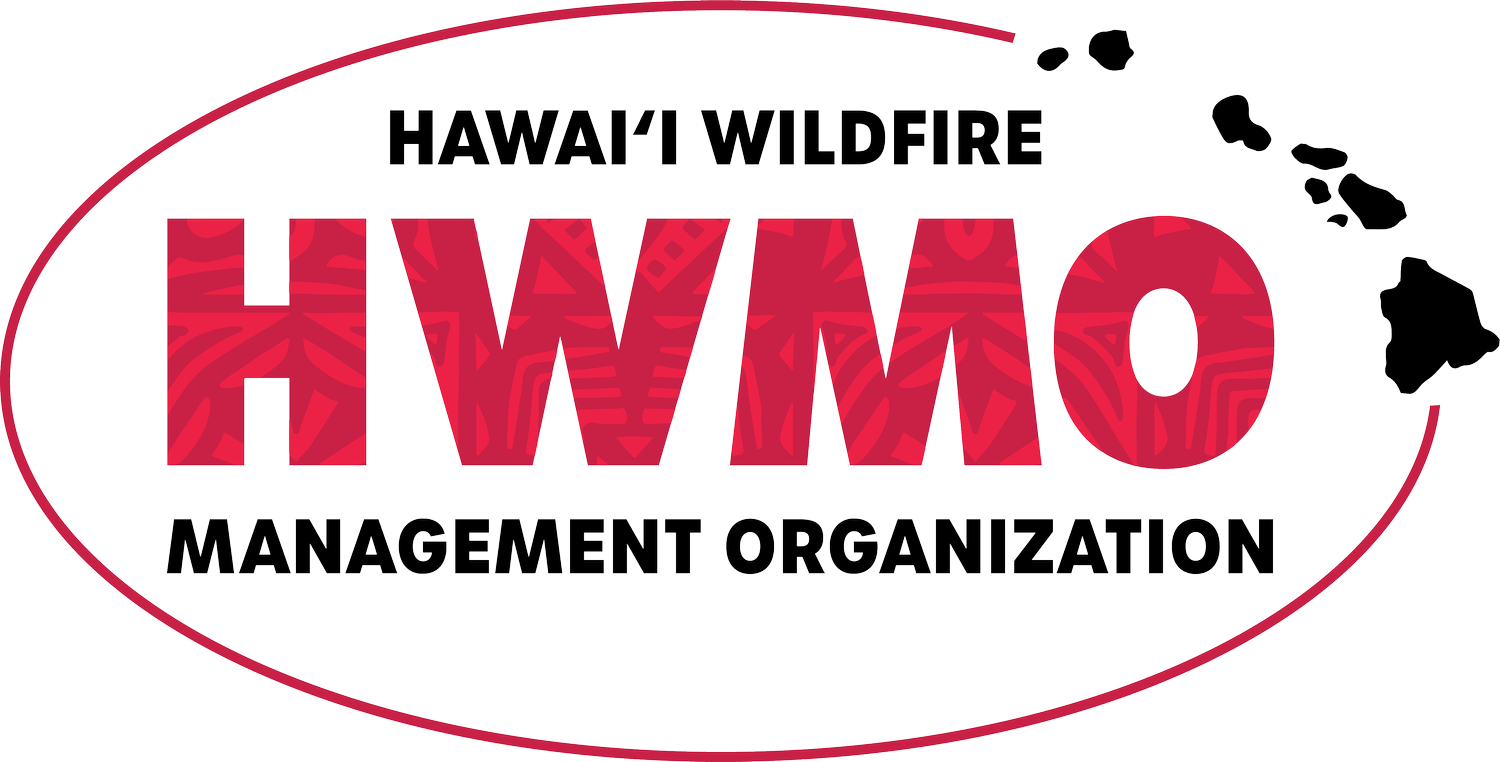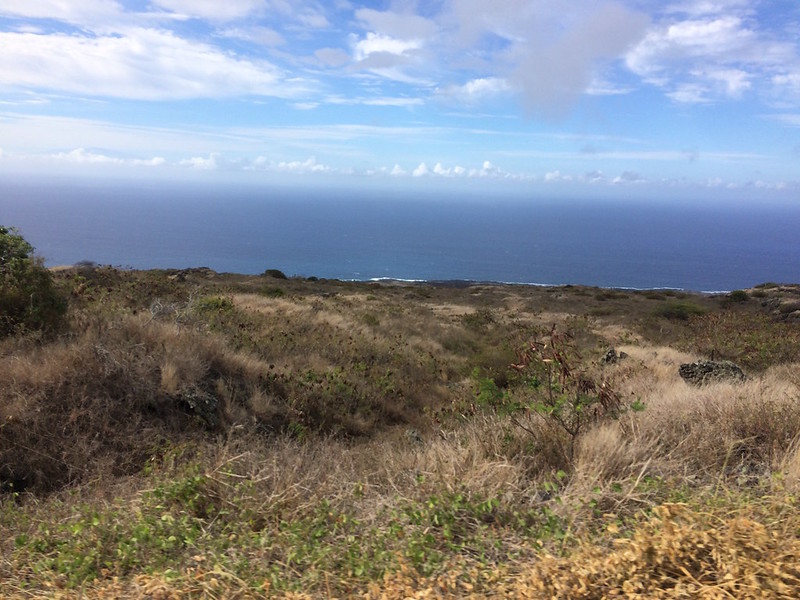Paauilo Mauka and Kalopa CA Annual Gathering
HWMO’s Pablo Beimler met with Paauilo Mauka and Kalopa Community Association (PMKCA) members twice during the month of July. On July 14th, Pablo proposed to the PMKCA Board the possibility of partnering to help the area become a Firewise Community. It would certainly be a unique opportunity, given the community’s location on the wetter side of Hawaii Island along the Hamakua Coast.
Paauilo volunteer firefighter shares an update on new resources including new radios.
Although the Paauilo Mauka and Kalopa area receives an average of 100 or more inches of rain a year, drought conditions can create dangerous wildfire conditions that have led to some historic fires in the past.
Joe Clarkson, President of the PMKCA, noted in a recent Hamakua Times post:
“After a severe drought in 1901, several large fires broke out in Hamakua, affecting areas from ‘O’okala to Kalopa. The following excerpt from P. Quentin Tomich’s Perspectives on Hamakua History describes the effects of these fires-
…the first fire started on 3 July in lands of a Niupea homesteader, and spread through several coffee plantations as well as into government lease lands. Thence the fire branched into cane lands of ‘O’okala and Ka’ala…, Kuka’iau and Koholalele…
A second fire started on homesteads in Pohakea and spread to lots in Ka’apahu. A third blaze, largest in area, began in Ka’ohe and was traced to careless honey hunters smoking out bees… It destroyed much coffee and cane land and burned out only when it reached the broad gorge of Kalopa Gulch.
It should be noted that the burned areas included dense rainforest above ‘O’okala to elevations of 4,500 feet, an area and type of forest that most folks would now think impossible to catch on fire. But it was observed at the time that there was “complete destruction of former existing tropical forest and great injury to soil by the depth (over six feet) to which the fire had penetrated”.
Part of our mission is to ensure intense wildfires like impact communities as little as possible. Pablo gave a presentation to 40 PMKCA members on July 30th at the North Hawaii Education and Research Center in Honokaa. He gave a brief overview about the Firewise Communities program and how HWMO could assist the community in working towards Firewise Recognition and overall wildfire readiness.
PMKCA is a step ahead in terms of community emergency response as they now have a new CERT trailer.
“Just imagine,” said Joe Clarkson, “the fire potential of thousands of acres of eucalyptus plantations (including harvest areas full of debris and tall grass), fallow guinea grass range land, forests of ironwood and gulch jungles of dead rose apple and waiwi, all desiccated by months of severe drought.
In addition to the 1901 drought, severe drought, with accompanying fires, affected Hamakua in the early and middle 1960s, with the 1965 drought being exceptionally extreme. It has been decades since a really severe drought has affected Hamakua, but one can and will happen, we just don’t know when.”
Banner photo credit: Island Friend/Flickr





